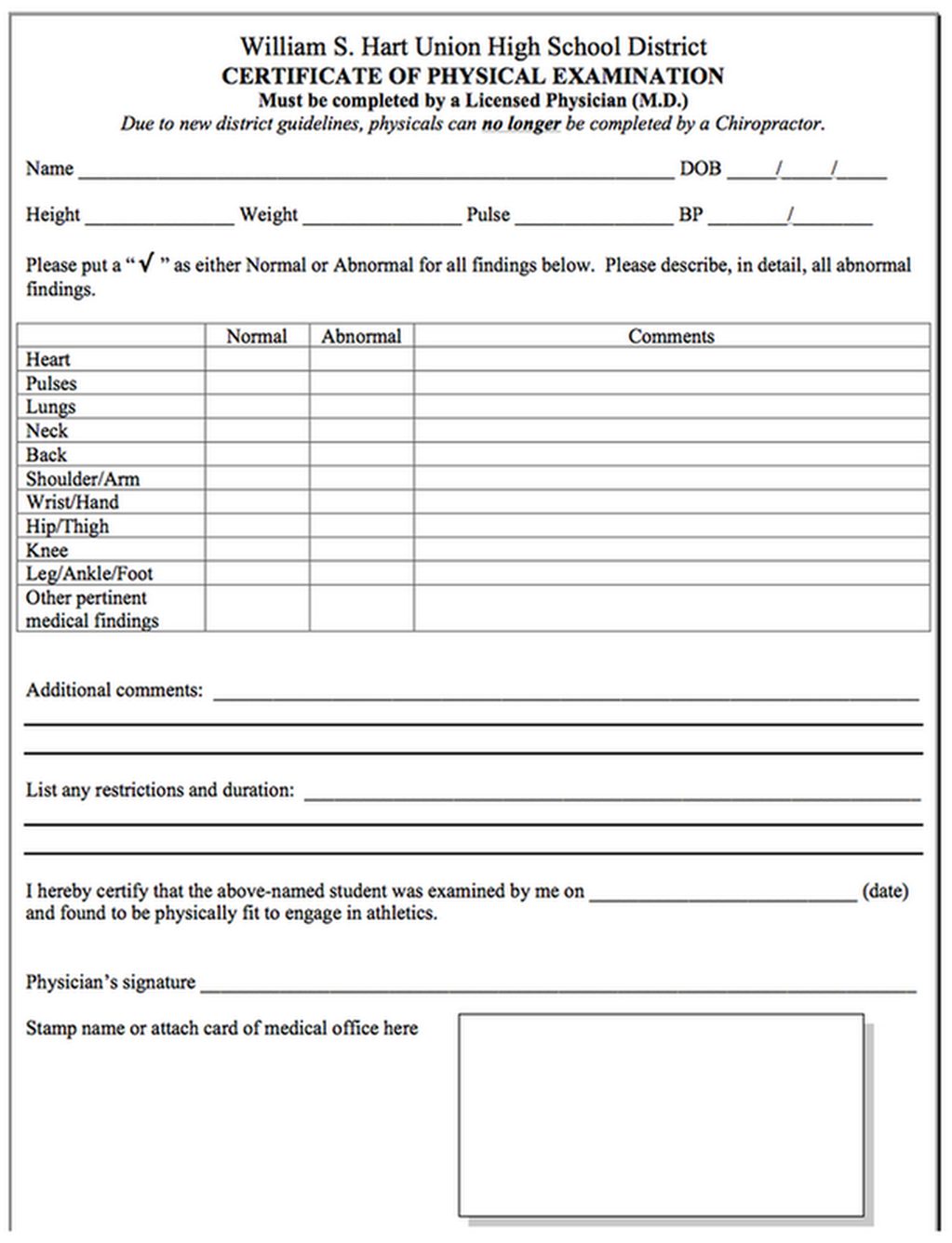Master Paperwork Tracking with These Simple Steps

If you find yourself overwhelmed by the growing stack of paperwork or the endless stream of documents flooding your inbox, you're not alone. In today's fast-paced work environment, efficient paperwork tracking can make a significant difference in productivity and stress levels. This comprehensive guide will walk you through the essential steps to streamline your document management, ensuring nothing slips through the cracks and your work environment stays organized.
Understanding the Importance of Effective Paperwork Tracking

Before diving into the how-to's, let's clarify why effective paperwork tracking is crucial:
- Efficiency: Reduce the time spent looking for misplaced documents.
- Compliance: Ensure that all legal or regulatory requirements are met by maintaining proper records.
- Decision-Making: Quick access to information aids in better decision-making processes.
- Stress Reduction: An organized system reduces the anxiety associated with potential document loss.
Step-by-Step Guide to Master Paperwork Tracking
1. Catalog Your Documents

Begin by sorting through your current documents:
- Identify: Determine what types of documents you regularly deal with.
- Categorize: Group similar documents together, e.g., contracts, financial statements, correspondence.
- Location: Decide where each category should reside, whether physically or digitally.

📝 Note: Remember, consistency is key in categorization to avoid confusion later on.
2. Digitize Where Possible

Moving to digital can significantly enhance your tracking capabilities:
- Scan Documents: Use a scanner or scanning app to convert physical documents to digital formats.
- Paperless Solutions: Explore paperless document management systems like Google Drive, Dropbox, or specialized software like DocuWare.
- Secure Storage: Ensure your digital files are backed up and stored securely.
3. Implement a Naming Convention

A uniform naming system helps in retrieving documents quickly:
- Date-Client-Project-Type: For example, “2023-10-05-AcmeCorp-ProjectProposal.pdf.”
- Consistent Format: Stick to one format across all documents to maintain consistency.
4. Use Document Management Software

Invest in a document management system (DMS) for enhanced tracking:
- Version Control: Ensure that multiple versions of a document are managed effectively.
- Search Functionality: Choose a DMS with robust search capabilities.
- Integration: Look for software that can integrate with other systems you use.
💡 Note: Consider the software’s ease of use and training requirements for your team when selecting a DMS.
5. Set Up Tracking and Alerts

Automation can be a game-changer:
- Automated Alerts: Set up email reminders or notifications for important documents due or expiring.
- Workflow Management: Use workflow automation to track documents through their lifecycle.
6. Regular Review and Maintenance
Keeping your system up to date is vital:
- Scheduled Reviews: Have regular intervals to purge unnecessary documents and update records.
- Audit Trails: Keep logs of document movements for accountability.
7. Train Your Team

Ensure everyone understands the system:
- Workshops: Conduct training sessions to introduce your tracking system.
- Documentation: Provide comprehensive guides or manuals.
- Feedback Loop: Collect feedback to refine the process.
Implementing these steps will lead you to an optimized workflow where documents are not just managed but also leveraged for business growth and compliance. The key takeaway is to integrate these practices into your daily routines and encourage a culture of organization and efficiency within your team.
What are the benefits of digitizing documents?

+
Digitizing documents reduces physical storage needs, enhances accessibility, improves search capabilities, and facilitates better document security and compliance.
How can I ensure the security of my digital documents?

+
Secure digital documents through encryption, regular backups, strong access controls, and using reputable document management systems with security features.
Can document management software integrate with other tools I use?

+
Yes, many document management systems offer integrations with CRM systems, ERP software, project management tools, and even communication apps like email or Slack.